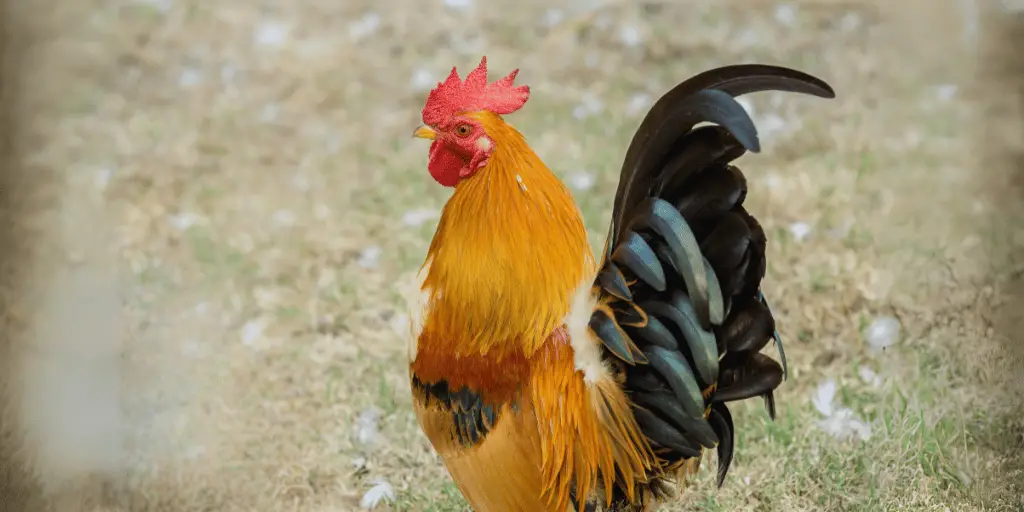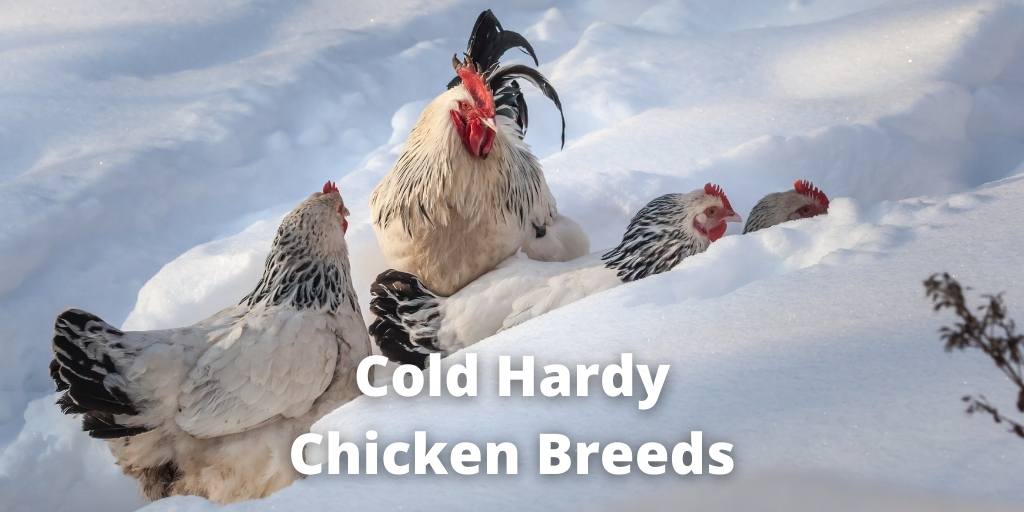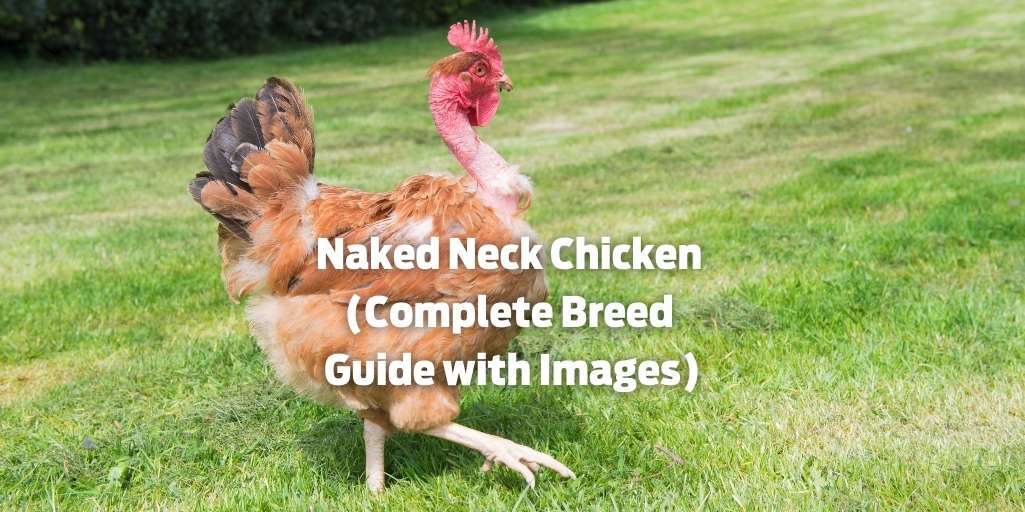Do you want to learn all about the Nankin Bantam chicken breed? If yes, read this guide to know all about Nankins.
The Nankin Bantam is a beautiful and historically important breed of chicken, famous for its lovely behavior and rich heritage.
It is one of the oldest known true bantam breeds. The Nankin differentiates itself by being naturally small rather than a small version of a larger chicken.
Its attractive look, characterized by a uniform yellowish buff color with a striking black tail, further enhances its appearance.
This article will provide a complete overview of the Nankin Bantam chicken, including its history, characteristics, appearance, life span, temperament, raising guide, and more.
History and Origin of Nankin Bantam Chickens
The Nankin Bantams’ links are found in Southeast Asia. Some old reports show origins in Java and parts of India.
Although the Nankin’s exact origin is not sure, people reported its existence in England as early as the 16th century, and it gained broader recognition by the 18th century.
During the 17th century, people in Britain called them “common yellow bantams.”
Their long history in England, over five centuries, has made them almost a native breed within the UK.
The Nankin Bantam is respected in poultry history because it is used to create various other bantam breeds.
Between 1780 and 1800, Sir John Sebright used Nankins to develop the popular Sebright bantam chicken. Nankin is also linked with the creation of Buff Orpington and Plymouth Rock bantams.
Nankin Bantams are popular for their unique setting qualities. English game farms have repeatedly used them to incubate and hatch the eggs of various game birds, including pheasant, quail, and partridge.
This powerful broodiness gene remains helpful to farmers who want natural egg incubation.
The Nankin Bantam chicken’s population highly decreased after the “hen fever” sensation in the mid-1800s.
During this period, poultry lovers were attracted to newer and more unfamiliar chicken breeds, which reduced the popularity of historic Nankin bantams.
The Livestock Conservancy and the Food and Agriculture Organization (FAO) currently list the Nankin Bantam as “Critical” on their endangered chicken breed lists. They are very rare in the United States.
In 2006, people started the Nankin Club of America to support and encourage people to conserve this breed.
In the UK, individuals like Andrew Sheppy and associations like the Rare Breeds Survival Trust have also done work to conserve Nankin bantams.
Lifespan
The lifespan of Nankin Bantams is about 5 to 8 years. However, with good quality feed and coop facilities can extend their life span to 15 years.
To increase their lifespan, you can provide a safe environment, protect them from predators, ensure clean housing, and manage stress.
Recognized color varieties or standards
The Nankin Bantam is recognized for a single color variety: a buff body with a black tail.
Buffs Nankin roosters are richer and more orange in color, while females are lighter.
The black coloration is only on the tail feathers and may sometimes appear within the wings. This consistent color pattern makes the breed unique and easy to identify.
Nankin Bantams are available in two comb types: single and rose comb. The single comb variety features a large comb with five distinct points; the “rose comb” is medium-sized and ends in a single point.
Because of the two comb types, you may see some variation within the breed.
The Nankin Bantam is recognized by top poultry associations, including the American Bantam Association (ABA) and the American Poultry Association (APA).
The APA officially accepted the breed into its Standard of Perfection in 2012. According to the ABA standard, the ideal weights are 24 ounces for roosters, 22 ounces for hens, 22 ounces for cockerels, and 20 ounces for pullets.
| Feature | Single Comb | Rose Comb |
| Description | Large with five points, may have a “flyaway” appearance | Medium size ending in a single point or leader, close-fitting |
| Climate Concerns | Prone to frostbite in cold climates | More cold-hardy |
Temperament or Personality
Nankin Bantams are popular for their calm, friendly, and affable nature.
Their curious and sociable natures make them excellent pets, suitable for families with children. They are easy to handle and train.
While gentle, male Nankin Bantams can show protective behavior towards hens like other breeds and show little aggressiveness.
Nankin Bantam loves to live with a group of flocks. So, you can easily add them to existing flocks without worrying about compatibility.
They work well with both large and small-sized chickens because of their small size.
Many people say Nankin Bantam chickens are jaunty and active, proudly. They can fly but are less prone to flightiness than other true bantam breeds.
But sometimes, the flying nature of Nankin chickens and a few other characteristics may differ because of genetics.
Appearance of Nankin Bantam Chickens
Nankins are true bantams, which means this breed has no larger breed.
Roosters weigh between 680 and 740 grams (approximately 24 to 26 ounces), while females are slightly smaller, weighing between 570 and 620 grams (around 20 to 22 ounces).
Their body is small and neat, with a compact round shape and broad breast. The back is short and slopes gently towards the tail. They possess a short, curved beak that is typically a light horn color.
The Nankin Bantam’s feathering is soft and fluffy. It exhibits the characteristic buff color with a black tail.
Roosters mostly have a deeper and more lustrous golden shine in their feathers and possess the longer sickle feathers common in roosters. Females have lighter chestnut or yellowish buff feathers.
The head of the Nankin Bantam chickens has either a single or rose comb. The wattles are small and red, well-rounded, fine in texture, smooth, and wrinkles-free.
Nankin’s earlobes are tiny and bright red. The white ear color disqualifies Nankin Bantams from poultry shows. Nankin Bantams have large, bright eyes.
Their wings are large, closely folded, and carried quite low, almost touching the ground. They are also described as relatively large and downward-slanted.
The tail is large and well spread, carried high but not in a squirrel-like fashion. The tail feathers exhibit black markings, which are more prominent in males.
The Nankin Bantam’s legs are short and slate blue. However, a hidden recessive gene can cause white legs in some roosters, which is a disqualification in shows.
The shanks are short, rounded, and fine, lacking any feathers. Each foot has four toes, which are rather small, straight, and well spread.
Special qualities or benefits of raising the breed
One of the most popular qualities of Nankin Bantams is their amazing broody nature. People raise them because they are excellent mothers, experts in hatching eggs and raising chicks.
Mostly when Nankin bantam hens sit on eggs, most of them hatch properly into healthy baby chicks. Their calm and friendly nature makes Nankin Bantams excellent pets, even for kids who can manage them responsibly.
Nankin’s gentle nature and adaptability make them well-fitted for backyard environments. For poultry fans interested in history, the Nankin Bantam’s ancient heritage and its role in developing other breeds provide a unique attraction. Raising this breed connects owners to a long and fascinating history of poultry keeping.
While their eggs are tiny, Nankin Bantam hens are good or even prolific layers for their size, especially during the spring and summer months. They typically lay between 80 and 140 small, creamy white or tinted eggs yearly.
Finally, Nankin Bantams adapt well to confinement, making them suitable for owners with limited space for free-ranging.
Problems raising the breed
One of the primary challenges in raising Nankin Bantams is their rarity and limited availability, particularly in the United States, because of their “Critical” conservation status.
This scarcity can also lead to concerns about potential inbreeding within the breed because of a limited gene pool.
The single-comb variety of Nankin Bantams is susceptible to frostbite, making it less ideal for cold northern temperatures unless provided with extra safety. The rose-comb variety may offer better cold hardiness.
Nankin Bantams are excellent flyers because of their small size and light build. Therefore, a secure, fenced run is necessary to stop them from escaping if they are confined.
The small size of their eggs can be a drawback for some individuals who prefer larger eggs. It might take two to three Nankin Bantam eggs to equal the size of one standard chicken egg.
Nankin Bantams are unsuitable for meat production because of their small size and slow growth rate. People primarily raise them for ornamental purposes, egg production, and their strong broodiness.
While calm, some sources show that male Nankin Bantams can exhibit aggression, particularly during the mating season. This is a factor to consider when keeping or integrating multiple roosters with other breeds.
In mixed flocks with larger chickens, the diminutive Nankin Bantam may struggle to compete for food and resources, often staying at the periphery of the foraging area. One may need to ensure adequate access to food and water.
Finally, as mentioned earlier, the round shape of Nankin Bantam eggs can lead to difficulties during artificial incubation, making natural incubation by the hens often the preferred method.
FAQs about the breed
What is a Nankin Bantam chicken?
The Nankin Bantam is an heritge, true bantam chicken breed from Southeast Asia. It is popular for its beautiful and unique buff color body feathers, black tail, and extreme broodiness.
Are Nankin Bantams suitable for beginners?
Yes, their calm temperament and relatively straightforward care requirements make them suitable for beginners. However, their rarity might make very hard to find reputable breeders.
How many eggs do Nankin Bantams lay?
Nankin Bantam hens are good layers as compared to other bantam chicken breeds. They typically produce between 80 and 140 small, creamy white or tinted eggs annually, primarily during the spring and summer.
Can Nankin Bantams tolerate cold weather?
The single comb variety of Nankin Bantams is susceptible to frostbite, so they need extra protection in winters. The rose comb variety is more cold-hardy.
Do Nankin Bantams fly?
Nankin Bantams are excellent flyers because of their small size and light body. A secure fenced backyard and heightned run is crucial to stop them from escaping if kept in confinement.
Conclusion or Summary
The Nankin Bantam is a remarkable breed of chicken, rich in history and uniquely charming.
Its ancient origins in Southeast Asia and its long presence in England have cemented its status as a significant heritage breed.
The Nankin Bantam boasts a distinctive appearance, characterized by its consistent buff plumage with a black tail. It is available in both single and rose comb varieties.
People particularly value this breed for its exceptional mothering abilities and calm, friendly temperament, making it a delightful addition to any backyard flock.
While raising Nankin Bantams presents challenges, primarily because of their rarity and the need for secure housing to adjust their flying, the benefits are numerous.
Their good laying ability for size, adaptability to confinement, and suitability as pets further enhance their appeal.
Nankin Bantams are a best chicken for those seeking a unique, historically significant breed.


